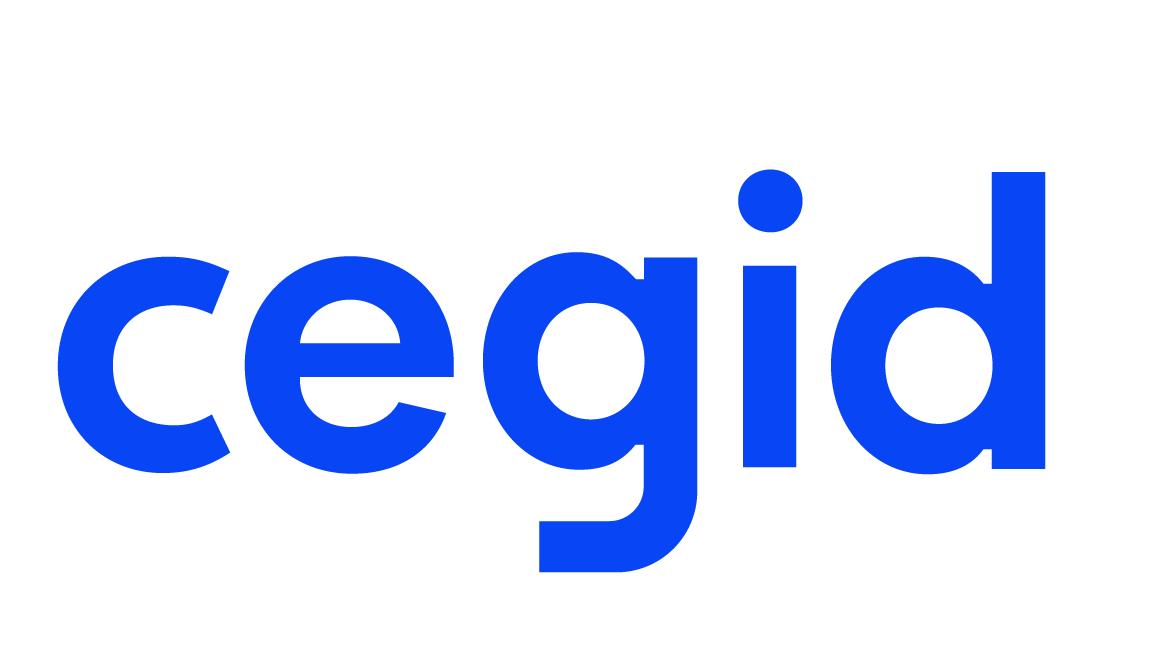Join session
IN PX DESIGN WE NEED TO THINK MVE... NOT MVP
Presented by
Description
This second debate evolves around People Experience Design, a topic that’s very close to Luke’s heart. A recent post of his on LinkedIn:
“I have always had a slight reservation about the phrase “MVP”
MVP = Minimal Viable Product
For brevity, an MVP is a version of the solution which requires the least investment to create and test a usable version with the end user.
This is hugely useful as it allows you to get your “product” into the hands of the end user as early as possible and then develop more sophisticated increments over time using direct end user feedback.
Massive ✅ for this approach.
It remains core to how we should work in PX Design.
However…
The problem I have always had with MVP is the nature of “minimal viable” means the potential to create a negative initial user experience is high as you are largely expecting user “pain” to create the feedback required to improve the product.
OK, so what’s the alternative?
One alternative is Minimal Loveable Product (MLP), an initial solution that users love from the start.
However, I have my reservations about the MLP approach too as the potential to delay the release and allow “feature creep” to occur is high.
Another option is MVE: Minimal Valuable Experience, an initial solution that provides an experience of value from the start.
Now this I can work with!
After all, even a Product Led People Team is ultimately in the Experience design business, not “product” design in the strictest sense.
In People OPs, what we do has a DIRECT impact on employee and business success.
So, it’s important that we provide some initial value in all that we do, at the very least, we don’t want to negatively impact PX and business success through a usable but frustrating MVP.
Even as we experiment and iterate using the Lean Startup approach to incremental user led continuous improvement.
MVE may just be the answer I have been looking for to allow us to carry out rapid experiments with employees and business stakeholders to improve our PX design whilst still adding immediate and frequent value…”
And all of this brings us to our second statement of the day:
“In PX Design we need to think MVE… not MVP.”


